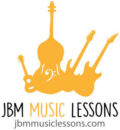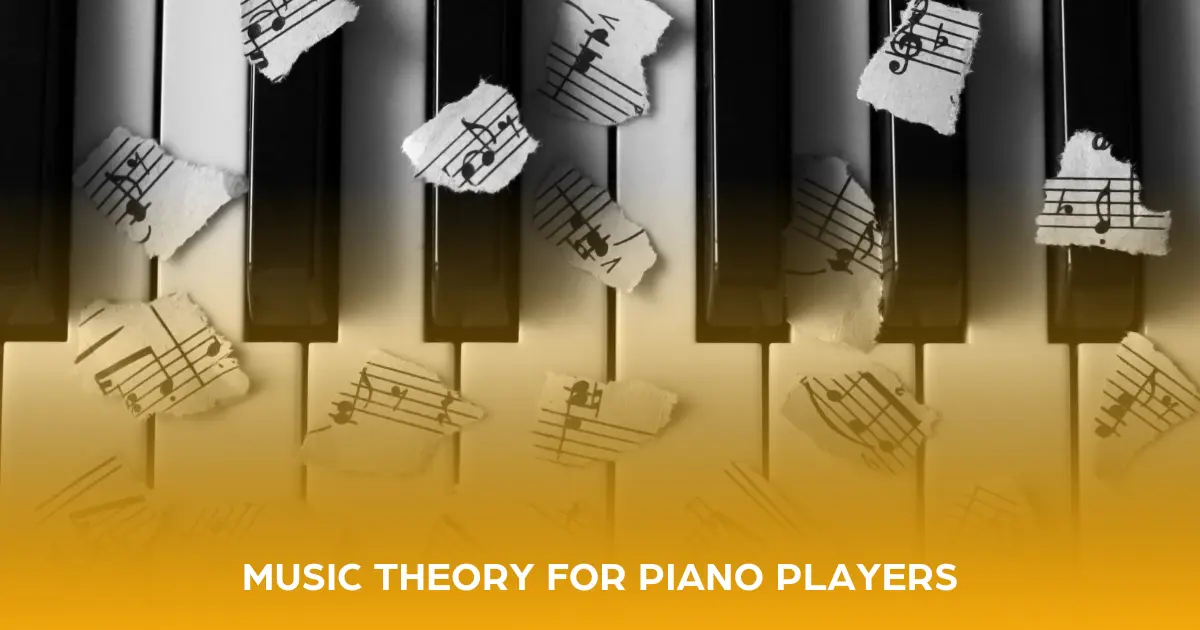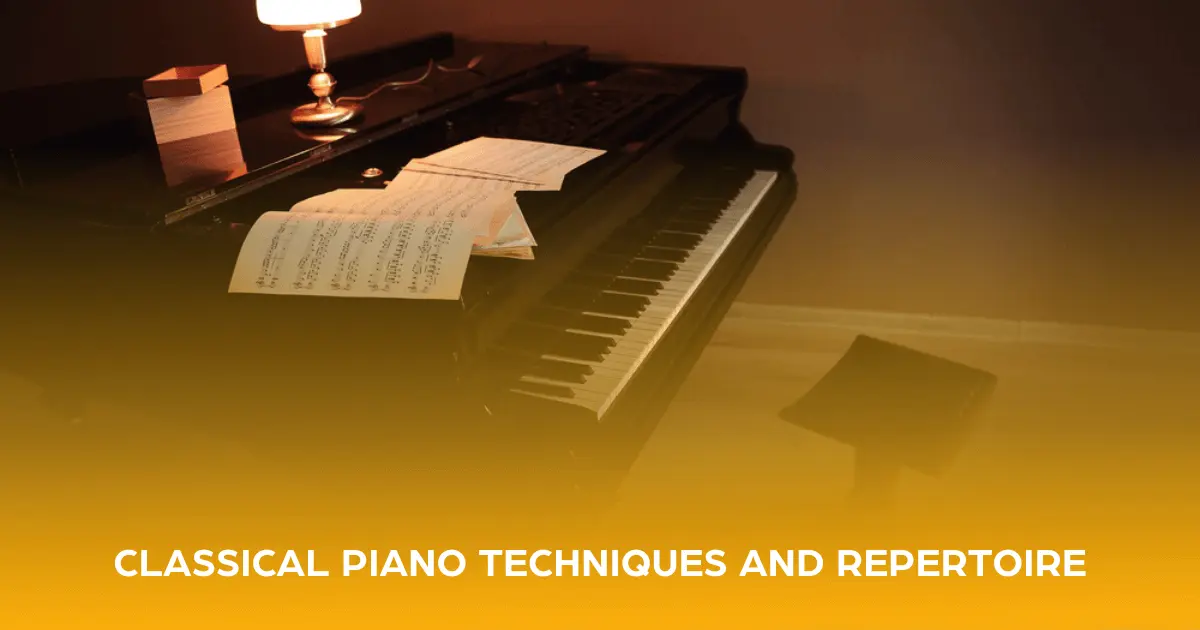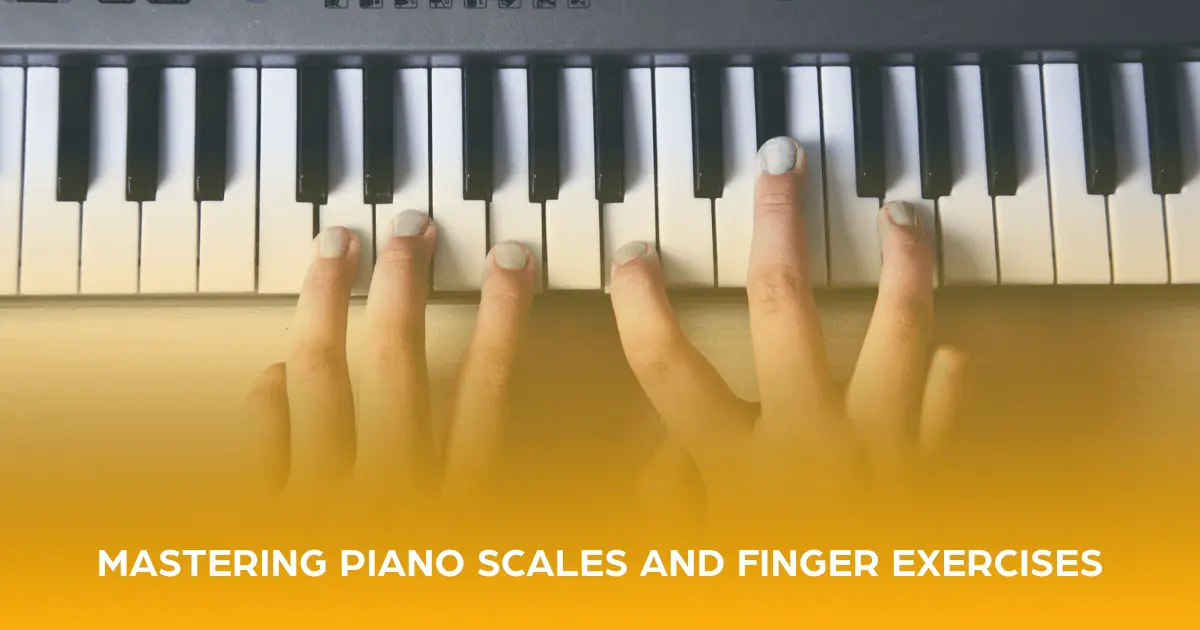Learning music theory is an essential foundation for all musicians. Understanding piano music theory provides insight into the creative process behind songwriting and helps gain valuable knowledge about harmony, rhythm, and form. It helps us understand why certain notes sound good together, how chords progress, and how melodies are structured. Music theory can be a dense and complex subject; however, learning the basics can help you advance your piano skills. This post will discuss the essentials of music theory for piano players.
Table of Contents
ToggleWhat is Music Theory?
Music theory studies the fundamental elements that construct the language of music, including notes, scales, chords, rhythm, dynamics, melody, harmony, pitch, and form. Music theory is a set of “rules” or guidelines that musicians can use to create and interpret music. Understanding these basics can improve your ability to produce, compose, and appreciate your musical instrument. Learning piano theory gives you many tools to help your musical journey.
Why Should I Learn Music Theory as a Pianist?
Some beginners resist learning music theory because it’s “not as much fun” as physically playing their instrument. However, knowing how music works can be very rewarding once a beginner gets the hang of it. Essentially, music theory is the language of music, and it is essential for understanding how to read sheet music, play by ear, improvise, or compose your songs. The piano is a special instrument, one of the few where a solo musician can perform an entire piece without musical accompaniment. Additionally, the piano has a wide range of dynamics, allowing for expressing a wide range of emotions. Learning the basics of music theory can help a pianist form a deep, meaningful connection to their instrument.
What are Some Music Theory Essentials?
Let’s go over some of the most important concepts found in music theory:
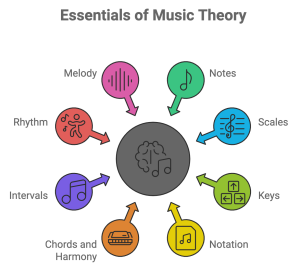
1. Notes
A note in a musical piece represents both the pitch and duration of a sound. Notes are the fundamental building blocks of music. When put together, it is these individual sounds that make up a song. Notes are named after the first seven letters of the alphabet: A, B, C, D, E, F, and G. After G, the cycle repeats but at a higher pitch. One cycle is called an octave.
2. Scales
A musical scale is a series of notes in a specific, consecutive order. Scales are eight notes long and the top and bottom notes are an octave apart. There are many different types of scales but they all follow the same pattern. Scales are the foundation that all music is built on and provide the foundation for melodies and harmonies. The most common are major and minor scales. Practicing your scales is a great way to start learning a new instrument.

3. Keys
Complementary to scales are keys, which denote the sharps or flats inherent to a piece. Each scale can be transposed to different keys, which essentially shifts the starting note but maintains the same pattern of intervals between notes.
4. Notation
Musical notation is any system used to visually represent music. These include various symbols such as the staff, consisting of 5 lines with four spaces between them, clefs, including the treble and bass clefs, notes, rests, as well as many other musical symbols.
5. Chords and Harmony
Chords are combinations of three or more notes played together simultaneously. The root note is the lowest note of the chord, and chord progressions are sequences of these chords arranged in a specific order. Chords play a role in establishing harmony. Harmony occurs when two or more notes are played together.

6. Intervals
Intervals refer to the distance between two musical notes. Intervals are crucial in building scales and chords and are fundamental to harmony.
7. Rhythm
Rhythm is the arrangement of time in music, setting the pace of a song. There are several basic elements of rhythm, including tempo, time signature, and beats. These elements work together to control the level of intensity in your music.
8. Melody
A melody is a sequence of individual notes that captures the essence of a song. Put simply, this is the tune you end up humming when a song gets stuck in your head. Melodies can vary in complexity but they all serve to convey the song’s general mood. Melodies are built from scales, pitch, intervals, and they follow a certain rhythm.
These are just a few of the fundamentals of music theory and is by no means an extensive list. Learning the basics of piano theory can help you grasp the language of music and become a more well-rounded musician. At JBM Music Lessons, we strive to offer the Best Music Lessons In Los Angeles. This is why we focus on both piano skills and musical understanding. If you’re interested in learning the piano or would like to enroll your child in lessons, contact us today!
